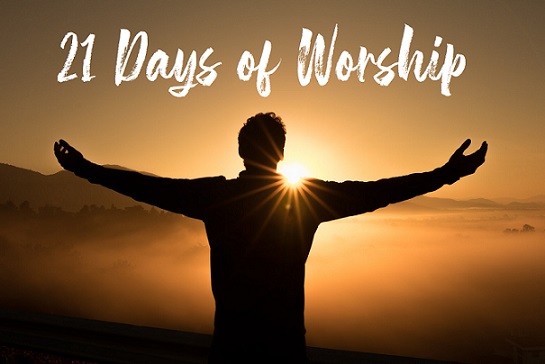Day Three: The Posture of Worship
Matthew 2:2,
and asked, “Where is the one who has been born king of the Jews? We saw his star when it rose and have come to worship him.”
Over the years of participating in worship, I have seen many different forms. I’ve seen hands raised, eyes closed, dancing and to the other extreme, arms folded, hands in pockets and even fingers in ears. I’ve heard judgement extended to both sides as well: “She dances around too much,” “They’re being fake” to “this place is dead,” or “No one is worshiping… I see no hands up.” To be honest it seems we focus the majority of our worship time evaluating other people in their expression of worship than we do giving God our best. Sadly, we’re all guilty of it and it wrecks our individual worship experience.
The first time the word worship is used in the New Testament is in Matthew 2:2 when the Magi come to worship Christ. The translation of worship in Greek is interesting, ‘Proskuneo’ meaning “to fall down before” or “bow down before.”
I find this interesting because it serves a dual purpose. First, it demonstrates submission or surrender. Like coming before royalty, we demonstrate who is subservient by bowing or kneeling. As if to say, I will obey your will and not my own. Second, it’s an outward display of an inward sentiment.
So back to our worship experience. Our posture of worship should say it all. All of a sudden raising hands seems a little less demonstrative then bowing while we sing, doesn’t it? Perhaps by closing our eyes, we are less likely to be distracted by how our brothers and sisters are worshiping. Let us worship in celebration—not out of obligation.
Reading: Matthew 2:1-8 Psalm 95

